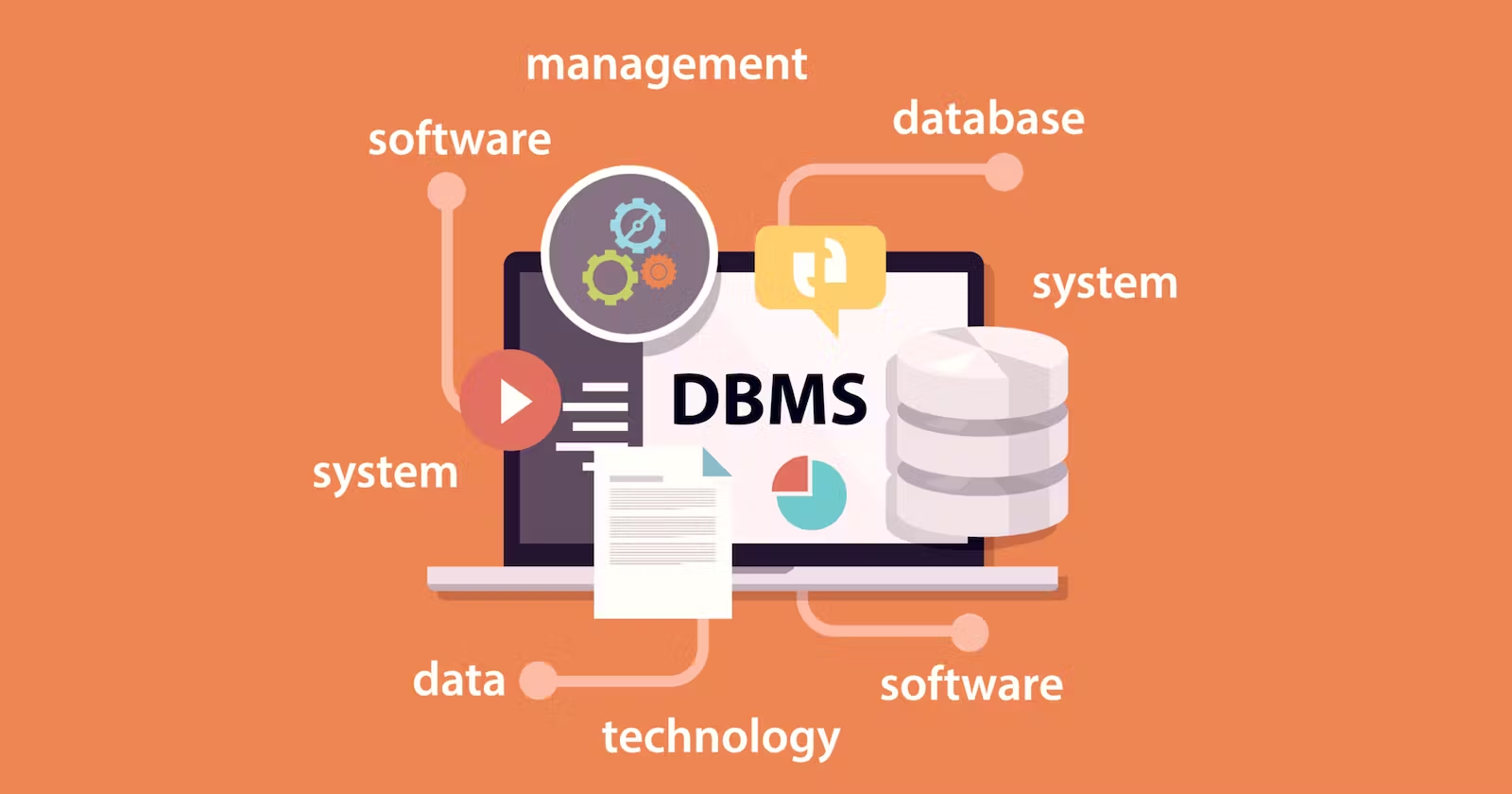What is DBMS?
if you have created or are going to create a database, obviously, you will have to add, remove, and edit the data in it (i.e. manage data in it) - DBMS can be used for that.
In technical language, “a DBMS (Database Management System) is a software system that allows users to store, retrieve, modify, and manage data in a database. It provides a structured way to organize and manage large amounts of data efficiently and securely."
Classification : there are mainly 4 types of DBMS -
Relational Database Management System (RDBMS)
It is the most commonly used DBMS type. In this type of DBMS, data is organized into tables, and relationships between tables are established using keys. You must have heard about this kind of DBMS. Some examples are MySQL, Oracle, PostgreSQL
Object-Oriented Database Management System (OODBMS)
In this type of DBMS, data is stored in the form of objects. OODBMS is mostly used for developing object-oriented applications. Examples of OODBMS are Zope and Versant.
Hierarchical Database Management System (HDBMS)
In this type of DBMS, data is organized in a tree-like hierarchical structure. HDBMS is very useful for handling a large amount of unchanging data with a defined hierarchy. Examples of HDBMS include IBM’s Information Management System (IMS).
Network Database Management System
In this type of DBMS, data is organized in a more flexible network model. Network DBMS is used to store complex data structures that contain many-to-many relationships by allowing each record to have multiple parent and child records. Examples of Network DBMS include Integrated Data Store (IDS) and Integrated Database Management System (IDMS).
Conclusion
In conclusion, there are four main types of Database Management Systems (DBMS) which include the Relational Database Management System (RDBMS), Object-Oriented Database Management System (OODBMS), Hierarchical Database Management System (HDBMS), and Network Database Management System. Each of these DBMS types has its unique way of organizing data, and they can be used for different purposes depending on the requirements of an application. So, understanding the different types of DBMS can help developers choose the right type of data management system for their applications.
